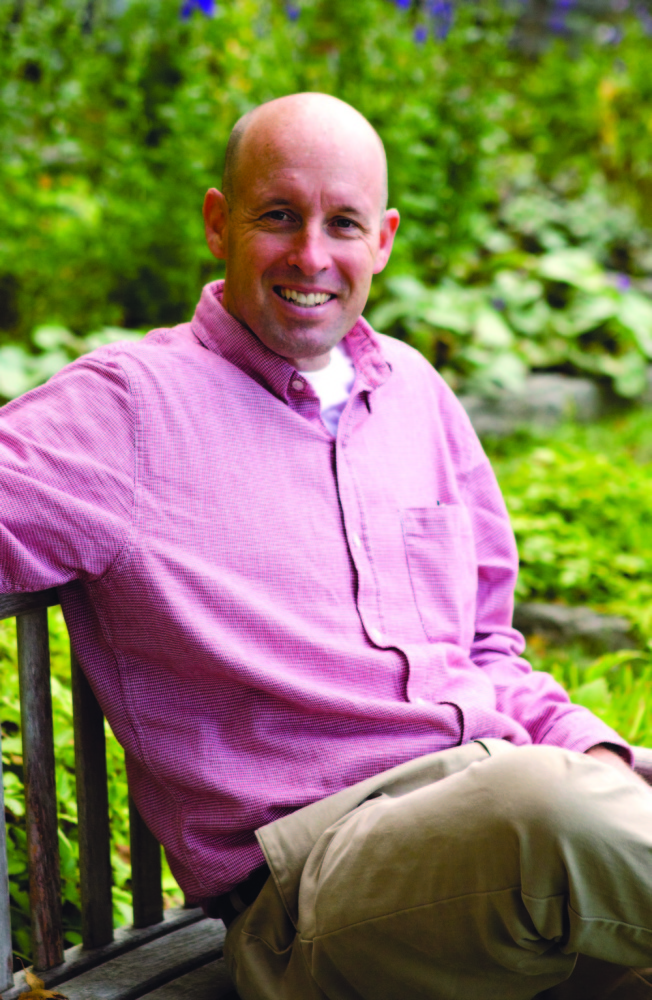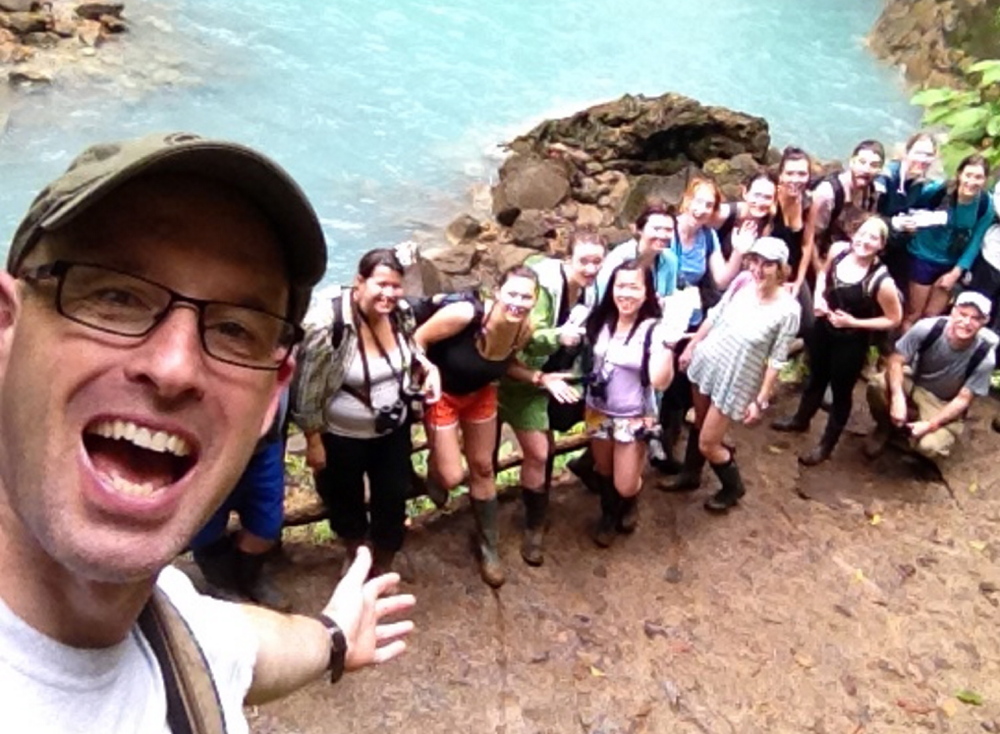EDITOR’S NOTE: We asked Darron Collins to answer the question, “What is a sustainable life?”
This is a trick question, right? Despite people’s best intentions, the word “sustainable” has become jargon like “blue-sky thinking” or “paradigm shift.” And sustainable life? Who am I to judge?
So I’ll give you some ideas on what a sustainable life isn’t and back my way in.
A sustainable life isn’t (only) about buying green. How we harvest food and energy poses the most pernicious threat to the planet. With food and energy – and almost any other product – we have naively accepted what might be called the “green myth”: “Just purchase this green (insert: coffee, soda, granola bar, electron…) and feel good about yourself and the fate of the Earth.” Such thoughtful purchasing is a good start, but we cannot buy our way out of the ecological problems we’ve gotten ourselves into.
A sustainable life may have something to do with reconnecting to production rather than hiding in consumption. I’m not proposing we indulge in nostalgia and retreat to a time where we hunt all our food and sew our own jackets from the animal skins (though I personally like the sound of that). I’m suggesting that if everyone became directly involved in growing or hunting some of their own food and harnessing some of their own electricity, we could then have a widespread, empathetic, intellectually sound and meaningful discussion on the topic of feeding and powering humanity. A world of green consumers (as opposed to producers) cannot have that conversation and is liable to be tricked.
But a sustainable life isn’t about self-sufficiency. A world of seven billion hermits producing their needs and wants, ensconced in their own personal garden or their own personal wilderness, would be a disaster. We’re social creatures. We thrive when we combine our diversified strengths into a unified whole that we call community. A sustainable life might then be about recognizing the strengths and needs of our local community, however rural or urban. Doing so builds on a key characteristic of what it means to be human – altruism.
A sustainable life isn’t about finding “nature’s balance.” Though the word conjures the ideas, sustainable is neither about stasis nor achieving equilibrium.
If we know anything about this planet, we know it is complex and continuously changing. Striving to re-create a mythical “nature’s balance” leads inevitably to what my late College of the Atlantic professor Bill Drury termed “laissez-faire conservation” – a preservationist approach that partitions the human from the non-human world in an attempt to “just get out of the way of nature and let her do her business.”
Instead, Drury asked his students to become “sympathetic managers,” as he described it in his book “Chance and Change,” to begin with careful observations of the world around us, to experiment, to cooperate with nature, to become stewards, “so that we may best meet humanity’s needs and values.”
A sustainable life isn’t (only) about technology. Technology plays a role in this “sympathetic management.” We read landscapes with satellite imaging. We harvest battery-grade lithium from the waste of geothermal power plants. Technology can help us realize more with less and, on a planet of seven billion, that’s a good thing.
But a sustainable life involves sacrifice. Technology may help squeeze more from less, but there’s no way around the need to curb our enthusiasm for what George Carlin poetically called “stuff.” Quelling our addiction to stuff might hurt a bit – but we’ll get used to it. Humans are altruistic. We are also expertly adaptable.
A sustainable life isn’t (only) about science. Science is a powerful tool that can help us understand the world around us and, like technology, help us do more with less. But we might benefit from being comfortable with not knowing or with coming to know in a different way. Art gets us there. Developing an aesthetic and learning to create art are also fundamental to what it is to be human, and a life that de-emphasizes those things is neither sustainable nor seems preferable. STEM education – an acronym for initiatives emphasizing science, technology, engineering and math – is limiting. I prefer STEAM, not only because art engenders creative problem solving, but also because it engenders empathy in the other and the unknown. The moment we think we know everything is the moment we’re wrong.
So a sustainable life encompasses many things: getting involved with production, connecting with your local community, dispelling the notion of nature’s balance, recognizing that technology doesn’t provide all the answers, curbing your desire for stuff and embracing the unknown through art. But it begins with each one of us being more observant, more thoughtful and more present. So, at the risk of sounding like a grumpy old Generation X-er, put down your cell phones, get out of your own heads, go climb a tree, build a fort or collect some bugs. Honestly, I think it begins there.
Send questions/comments to the editors.




Success. Please wait for the page to reload. If the page does not reload within 5 seconds, please refresh the page.
Enter your email and password to access comments.
Hi, to comment on stories you must . This profile is in addition to your subscription and website login.
Already have a commenting profile? .
Invalid username/password.
Please check your email to confirm and complete your registration.
Only subscribers are eligible to post comments. Please subscribe or login first for digital access. Here’s why.
Use the form below to reset your password. When you've submitted your account email, we will send an email with a reset code.